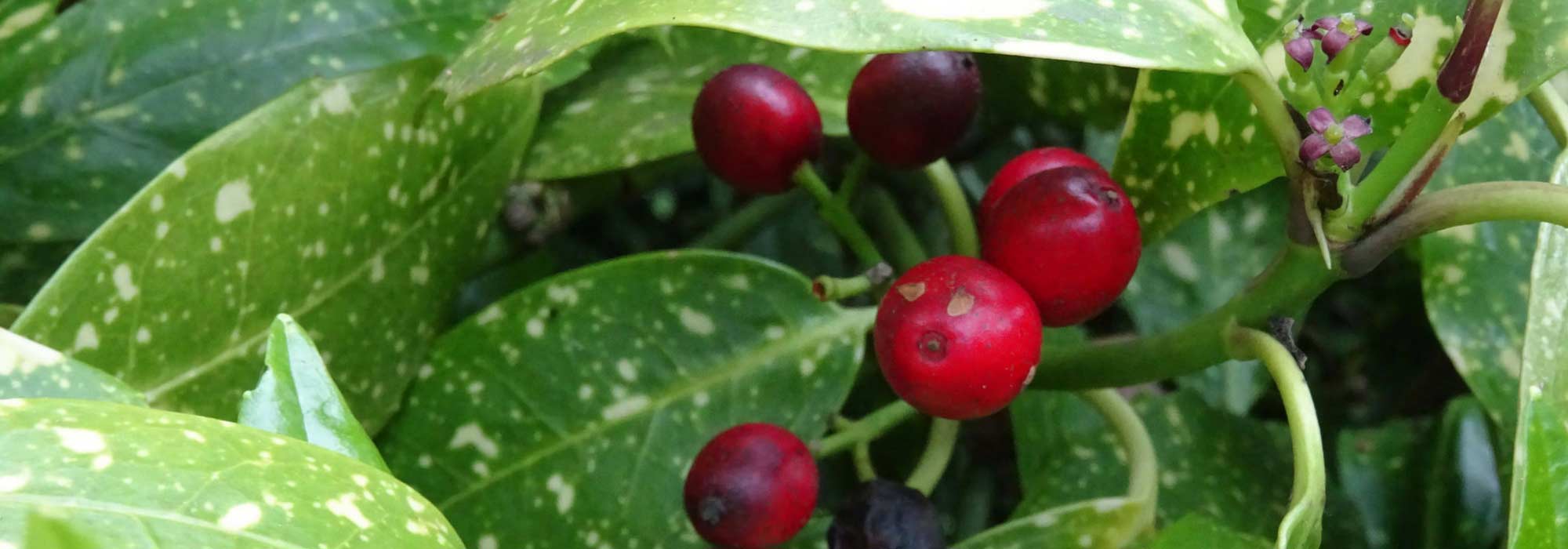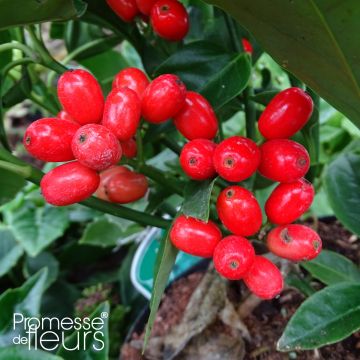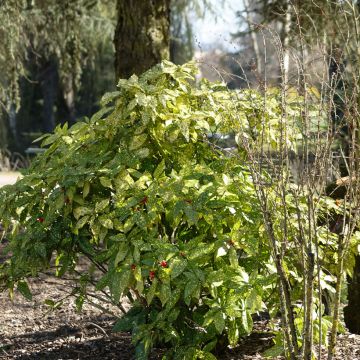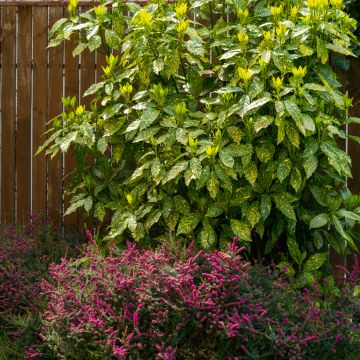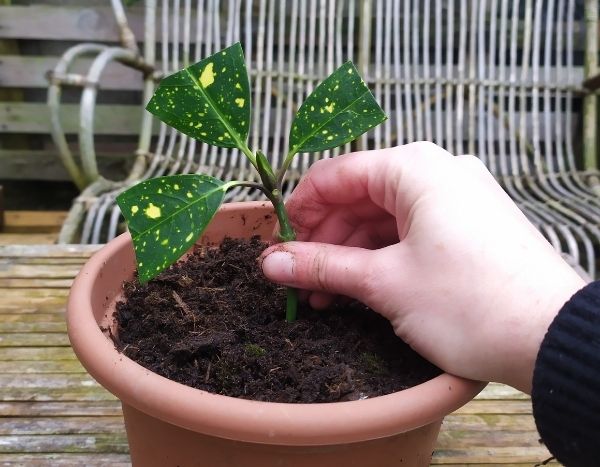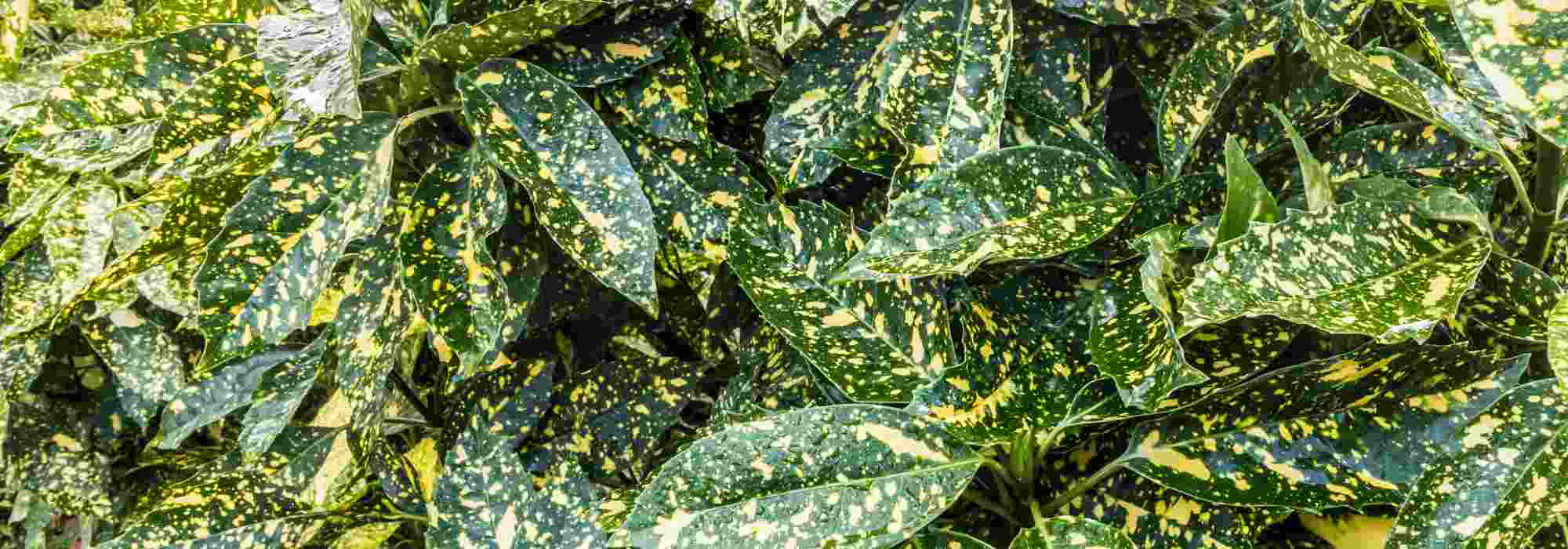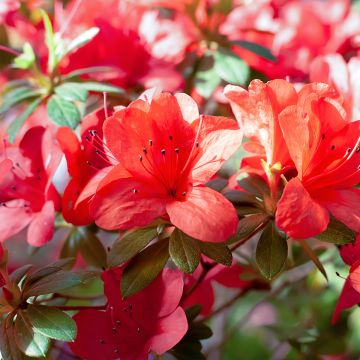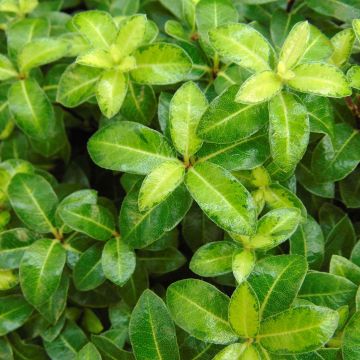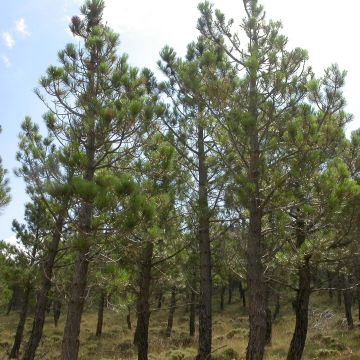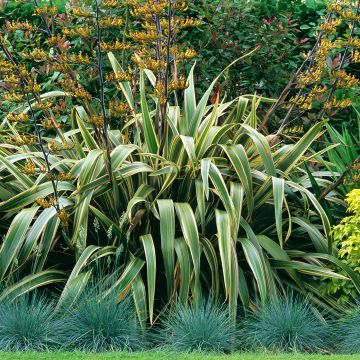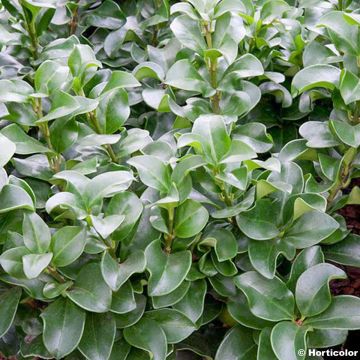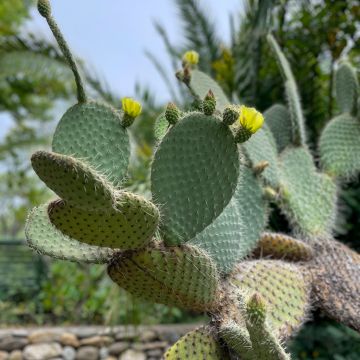

Aucuba japonica
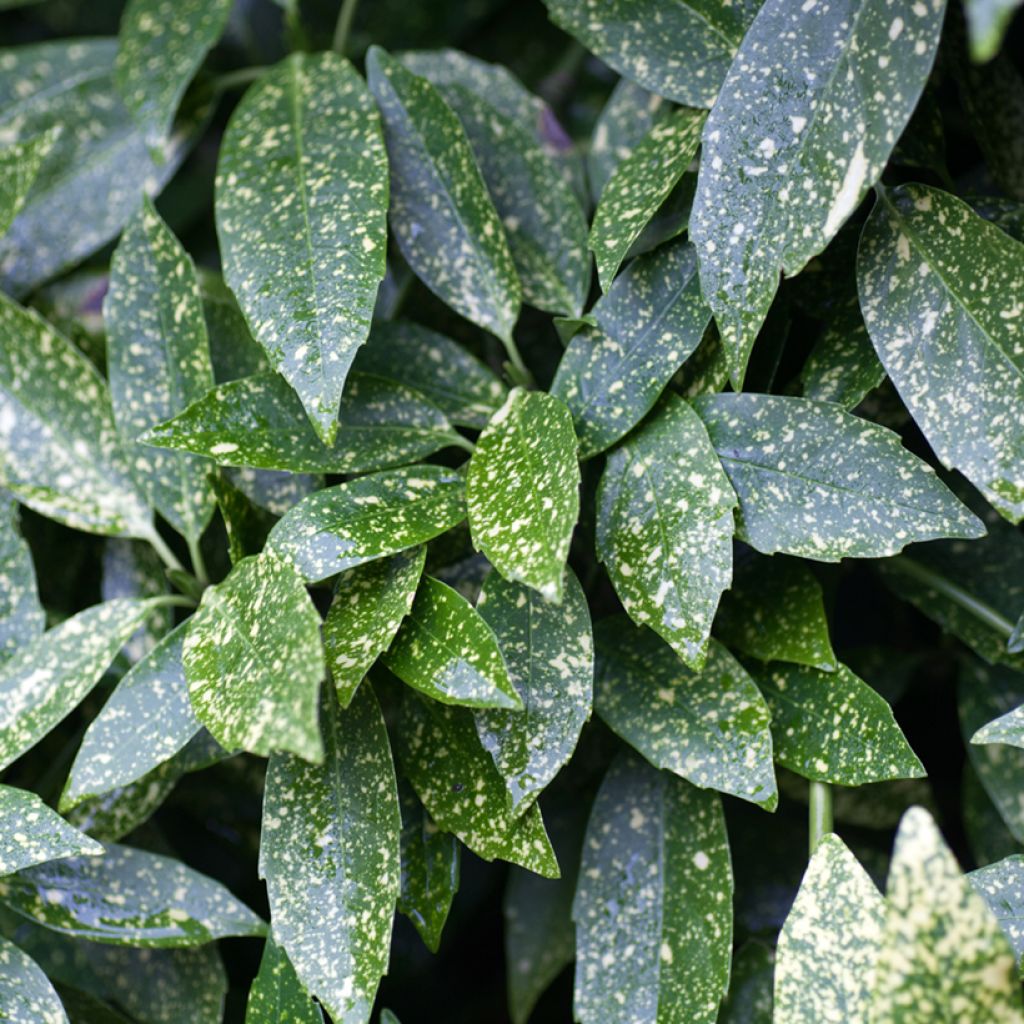

Aucuba japonica
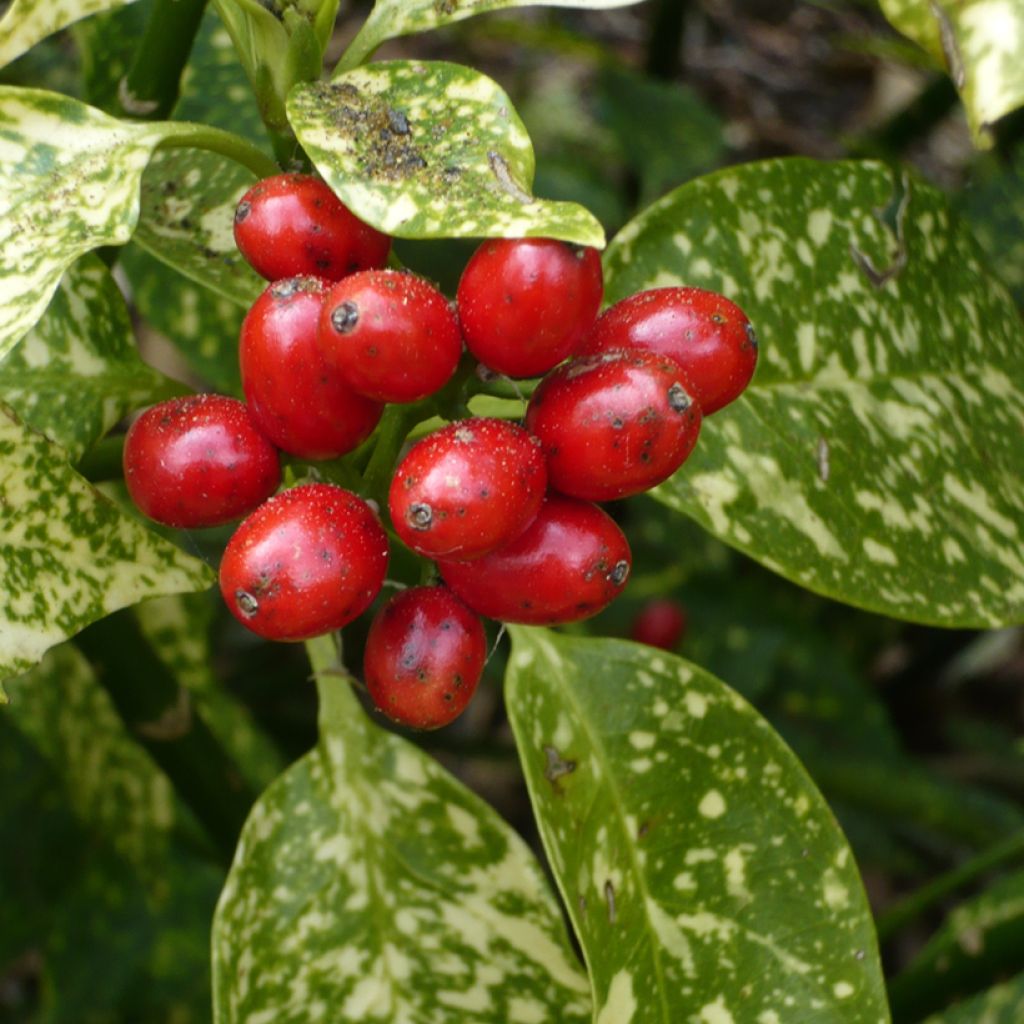

Aucuba japonica
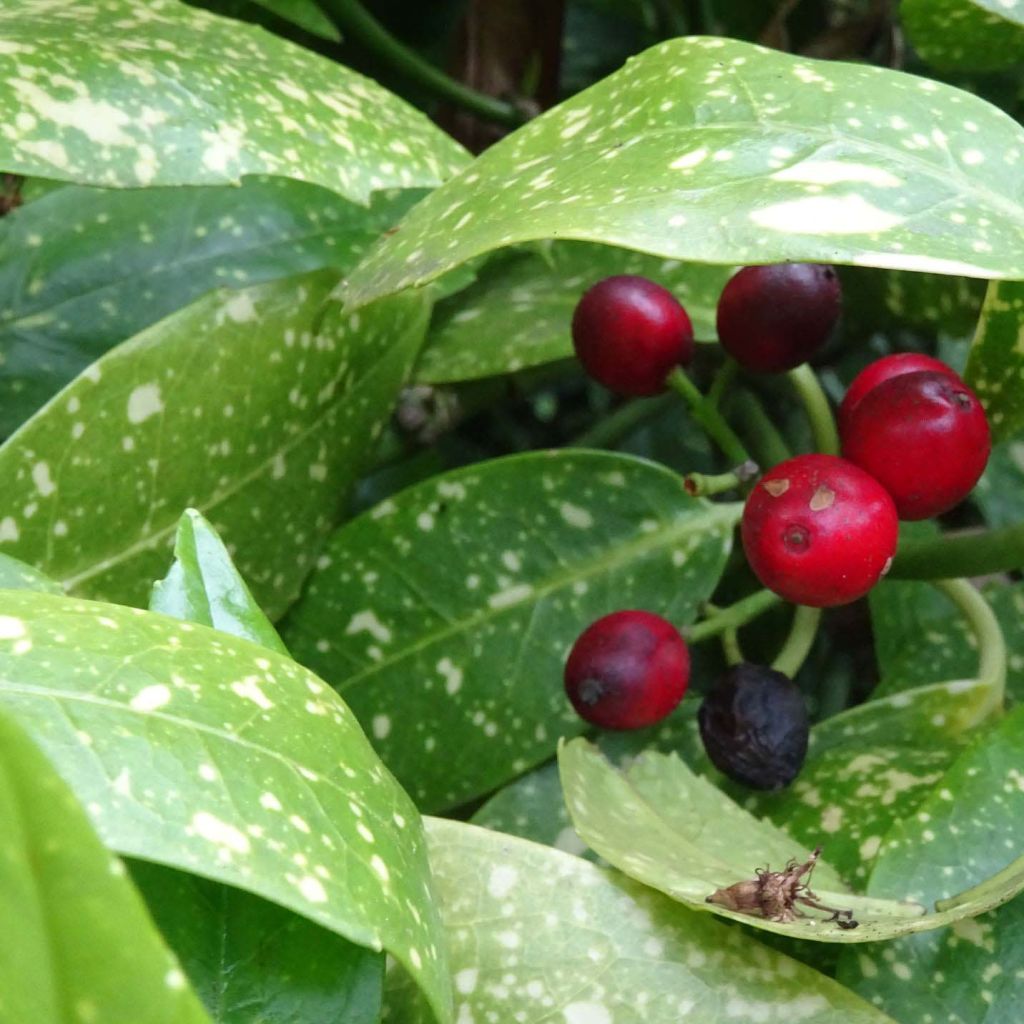

Aucuba japonica


Aucuba japonica
Aucuba japonica
Aucuba japonica
Spotted Laurel, Japanese Laurel
Plant arrived in good condition by train. Planted in a hedge, preferably in the shade. Very quick recovery.
Camille, 09/03/2024
Special offer!
Receive a €20 voucher for any order over €90 (excluding delivery costs, credit notes, and plastic-free options)!
1- Add your favorite plants to your cart.
2- Once you have reached €90, confirm your order (you can even choose the delivery date!).
3- As soon as your order is shipped, you will receive an email containing your voucher code, valid for 3 months (90 days).
Your voucher is unique and can only be used once, for any order with a minimum value of €20, excluding delivery costs.
Can be combined with other current offers, non-divisible and non-refundable.
Home or relay delivery (depending on size and destination)
Schedule delivery date,
and select date in basket
This plant carries a 24 months recovery warranty
More information
We guarantee the quality of our plants for a full growing cycle, and will replace at our expense any plant that fails to recover under normal climatic and planting conditions.


Would this plant suit my garden?
Set up your Plantfit profile →
Description
Aucuba japonica, the Japanese Laurel, is a compact bush appreciated for its thick, evergreen and decorative foliage, of a shiny dark green. Its preference for shaded situations makes it an essential solution to fill the dark corners of the garden. Robust, hardy, resistant to heat, pollution, and diseases, the Japanese Aucuba will find its place in all gardens, but also on a shaded terrace for the greatest pleasure of city dwellers!
Belonging to the Cornaceae family, the Aucuba genus includes some species of bushes appreciated for their ability to thrive in dense shade. They all have large, evergreen and decorative leaves, just like the Japanese Aucuba, the most common species in our gardens. Its ease of cultivation and hardiness have led breeders to obtain various varieties, with foliage sometimes variegated, sometimes speckled with white or yellow. The Japanese Aucuba is native to China, Japan and the Himalayas where it grows in the undergrowth to form a large bush that can reach 5 m (16 ft 5 in) in height. In our climates, its size is more modest and does not exceed 3 m (9 ft 10 in) in height with a spread of about 2 m. Its slender stems spread by suckers and layering and eventually form a dense bush by supporting one another. Its habit is bushy, rounded and erect. The Japanese Aucuba has a luxuriant dark green foliage of a shiny and leathery appearance. The simple, lanceolate leaves, with unevenly indented edges can exceed 20 cm (7.9 in). In May and June, the Japanese Aucuba blooms with reddish-purple colours. The bush then bears tiny flowers, each with 4 petals, arranged in clusters at the ends of the branches. The flowering is followed by a decorative fruiting in the form of small bright red drupes, which remain on the bush throughout the winter and create a contrast with the foliage. However, note that the Japanese Aucuba is a dioecious plant; only the female plants bear fruits, provided that they are placed near a male plant. These beautiful berries delight birds, but, like the foliage, the fruiting of this bush is toxic if ingested by humans and can cause mild digestive disorders.
The Japanese Aucuba appreciates shaded to slightly sunny locations, cool, fertile, well-drained soils with a neutral or slightly acidic tendency. It has good hardiness (-15°C (5 °F)), as well as remarkable resistance to pollution, sea spray, and high temperatures. Once established, the Aucuba can tolerate short periods of drought without harm. Tolerating pruning, it can be used for hedging, but also fills the back of a free-form bed in both urban and rural areas. In a pot, it dresses up balconies, terraces or inner courtyards, providing some privacy with its dense foliage. Its preference for shade makes it an ideal bush for greening patios and porches. It harmonises well with Bamboos, Cotoneasters or Mahonias. You can also combine it with lower plants such as Japanese Anemones or Heucheras, which will create a colourful contrast. Remarkably resistant to diseases and easy to maintain, the Japanese Aucuba offers pleasant cultivation ease for gardeners, even the most novice ones!
Aucuba japonica in pictures
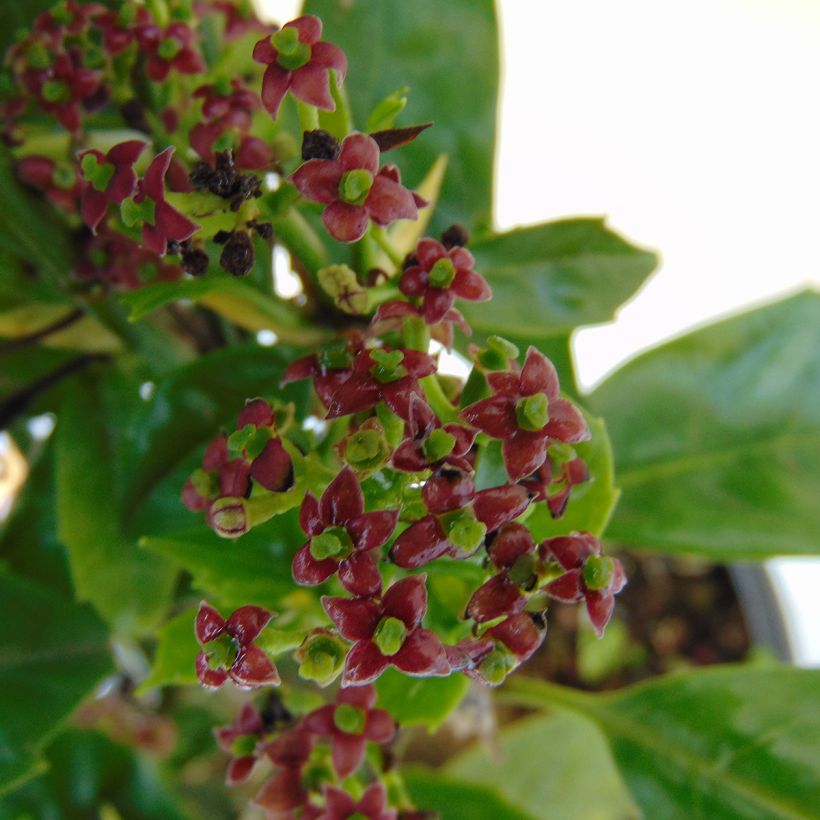

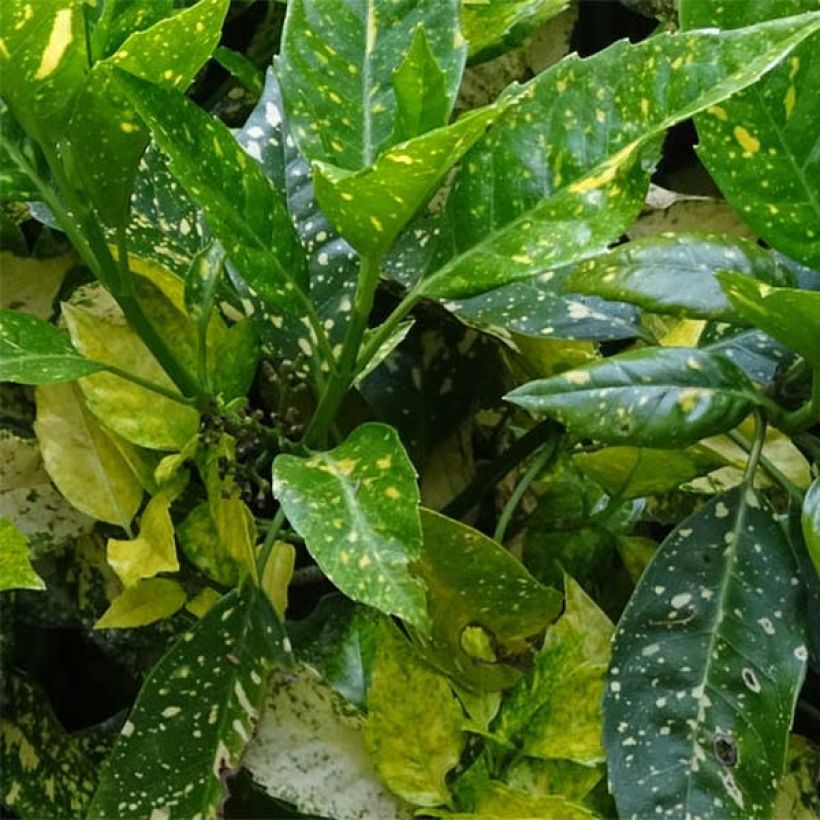

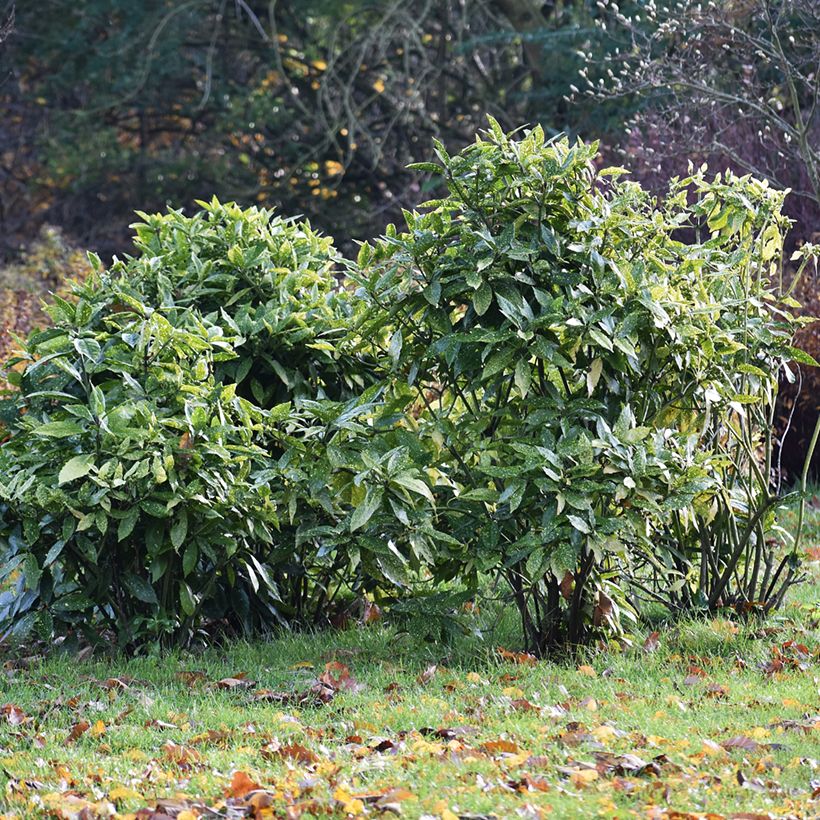

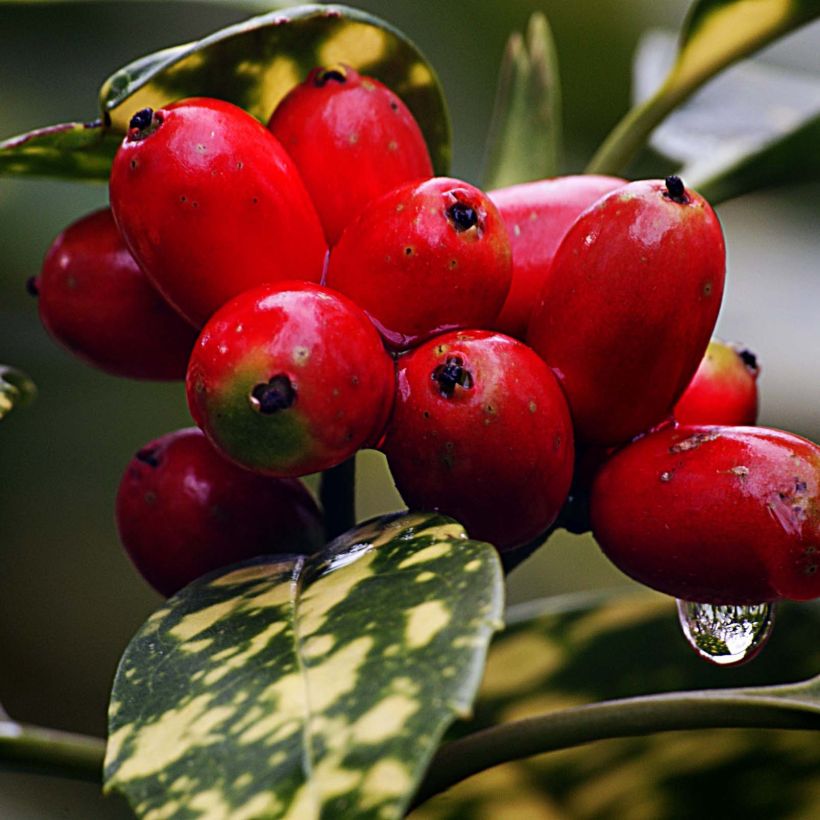

Plant habit
Flowering
Foliage
Botanical data
Aucuba
japonica
Cornaceae
Spotted Laurel, Japanese Laurel
East Asia
Other Aucuba
View all →Planting and care
Aucuba japonica appreciates shady to slightly sunny situations, fresh, fertile, well-drained soil with a neutral or slightly acidic tendency. It has good hardiness, allowing it to withstand temperatures down to -15°C (5 °F), as well as a significant resistance to pollution, sea spray, and high temperatures.
In the ground, plant your aucuba in a hole about 60 cm (23.6 in) deep, filled with a mixture of enriched horticultural compost and organic fertiliser. Add sand if your soil is too heavy. Regularly water during the first 2 years of planting during the growing season. Once established, aucuba can tolerate short periods of drought without harm.
In a pot, create a layer of clay pebbles or gravel to ensure good drainage. Repot your aucuba using a mixture of horticultural compost and turf to lighten the substrate. During the warmer months, water regularly to maintain the moisture of the root ball. In winter, make sure you allow the soil dry out before watering again. Fertilise regularly during the growing season.
Planting period
Intended location
Care
Planting & care advice
-
, onOrder confirmed
Reply from on Promesse de fleurs
Similar products
Haven't found what you were looking for?
Hardiness is the lowest winter temperature a plant can endure without suffering serious damage or even dying. However, hardiness is affected by location (a sheltered area, such as a patio), protection (winter cover) and soil type (hardiness is improved by well-drained soil).

Photo Sharing Terms & Conditions
In order to encourage gardeners to interact and share their experiences, Promesse de fleurs offers various media enabling content to be uploaded onto its Site - in particular via the ‘Photo sharing’ module.
The User agrees to refrain from:
- Posting any content that is illegal, prejudicial, insulting, racist, inciteful to hatred, revisionist, contrary to public decency, that infringes on privacy or on the privacy rights of third parties, in particular the publicity rights of persons and goods, intellectual property rights, or the right to privacy.
- Submitting content on behalf of a third party;
- Impersonate the identity of a third party and/or publish any personal information about a third party;
In general, the User undertakes to refrain from any unethical behaviour.
All Content (in particular text, comments, files, images, photos, videos, creative works, etc.), which may be subject to property or intellectual property rights, image or other private rights, shall remain the property of the User, subject to the limited rights granted by the terms of the licence granted by Promesse de fleurs as stated below. Users are at liberty to publish or not to publish such Content on the Site, notably via the ‘Photo Sharing’ facility, and accept that this Content shall be made public and freely accessible, notably on the Internet.
Users further acknowledge, undertake to have ,and guarantee that they hold all necessary rights and permissions to publish such material on the Site, in particular with regard to the legislation in force pertaining to any privacy, property, intellectual property, image, or contractual rights, or rights of any other nature. By publishing such Content on the Site, Users acknowledge accepting full liability as publishers of the Content within the meaning of the law, and grant Promesse de fleurs, free of charge, an inclusive, worldwide licence for the said Content for the entire duration of its publication, including all reproduction, representation, up/downloading, displaying, performing, transmission, and storage rights.
Users also grant permission for their name to be linked to the Content and accept that this link may not always be made available.
By engaging in posting material, Users consent to their Content becoming automatically accessible on the Internet, in particular on other sites and/or blogs and/or web pages of the Promesse de fleurs site, including in particular social pages and the Promesse de fleurs catalogue.
Users may secure the removal of entrusted content free of charge by issuing a simple request via our contact form.
The flowering period indicated on our website applies to countries and regions located in USDA zone 8 (France, the United Kingdom, Ireland, the Netherlands, etc.)
It will vary according to where you live:
- In zones 9 to 10 (Italy, Spain, Greece, etc.), flowering will occur about 2 to 4 weeks earlier.
- In zones 6 to 7 (Germany, Poland, Slovenia, and lower mountainous regions), flowering will be delayed by 2 to 3 weeks.
- In zone 5 (Central Europe, Scandinavia), blooming will be delayed by 3 to 5 weeks.
In temperate climates, pruning of spring-flowering shrubs (forsythia, spireas, etc.) should be done just after flowering.
Pruning of summer-flowering shrubs (Indian Lilac, Perovskia, etc.) can be done in winter or spring.
In cold regions as well as with frost-sensitive plants, avoid pruning too early when severe frosts may still occur.
The planting period indicated on our website applies to countries and regions located in USDA zone 8 (France, United Kingdom, Ireland, Netherlands).
It will vary according to where you live:
- In Mediterranean zones (Marseille, Madrid, Milan, etc.), autumn and winter are the best planting periods.
- In continental zones (Strasbourg, Munich, Vienna, etc.), delay planting by 2 to 3 weeks in spring and bring it forward by 2 to 4 weeks in autumn.
- In mountainous regions (the Alps, Pyrenees, Carpathians, etc.), it is best to plant in late spring (May-June) or late summer (August-September).
The harvesting period indicated on our website applies to countries and regions in USDA zone 8 (France, England, Ireland, the Netherlands).
In colder areas (Scandinavia, Poland, Austria...) fruit and vegetable harvests are likely to be delayed by 3-4 weeks.
In warmer areas (Italy, Spain, Greece, etc.), harvesting will probably take place earlier, depending on weather conditions.
The sowing periods indicated on our website apply to countries and regions within USDA Zone 8 (France, UK, Ireland, Netherlands).
In colder areas (Scandinavia, Poland, Austria...), delay any outdoor sowing by 3-4 weeks, or sow under glass.
In warmer climes (Italy, Spain, Greece, etc.), bring outdoor sowing forward by a few weeks.






























